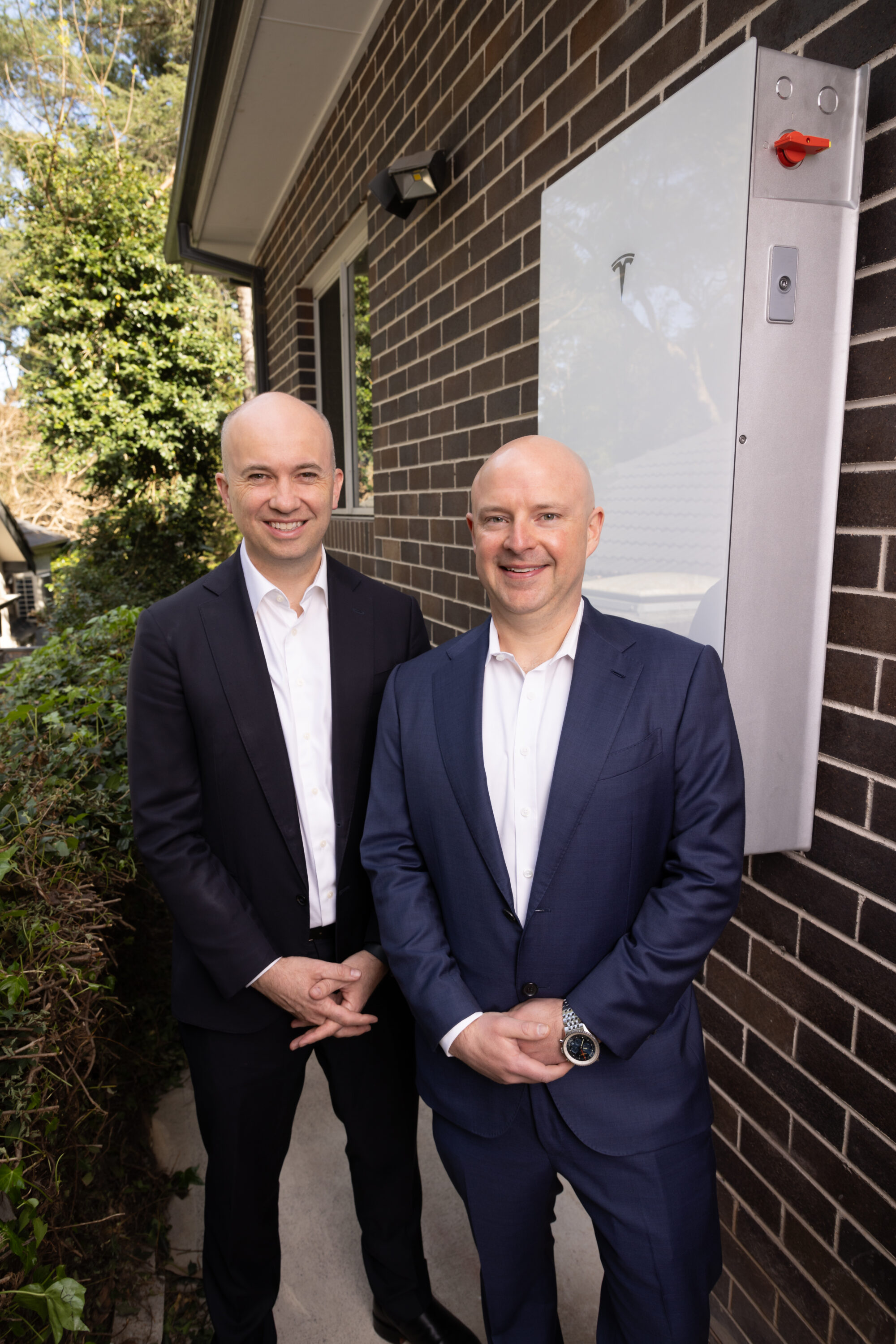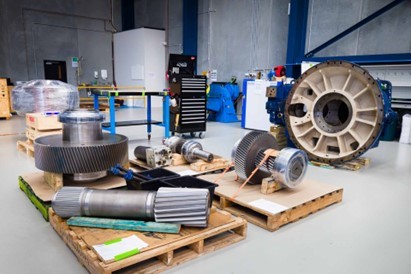Sign up for daily news updates from CleanTechnica on email. Or follow us on Google News!
This piece follows up my Civilization VII Climate Features piece. John OldTimerDoomer Bash5 added a lot of suggested topics and links. I am posting summaries of key articles to share with CleanTechnica readers explaining why these should be included. Thanks again, John!
Technologies to add to Civilization VII
Passive solar energy
Passive solar building design — Wikipedia
Passive solar technologies use sunlight without active mechanical systems (as contrasted to active solar, which uses thermal collectors). Such technologies convert sunlight into usable heat (in water, air, and thermal mass), cause air-movement for ventilating, or future use, with little use of other energy sources. A common example is a solarium on the equator-side of a building. Passive cooling is the use of similar design principles to reduce summer cooling requirements.
Some passive systems use a small amount of conventional energy to control dampers, shutters, night insulation, and other devices that enhance solar energy collection, storage, and use, and reduce undesirable heat transfer.
Large grid batteries
Sodium-ion with the energy density of lithium — University of Chicago
UChicago Pritzker Molecular Engineering Prof. Y. Shirley Meng’s Laboratory for Energy Storage and Conversion has created the world’s first anode-free sodium solid-state battery.
With this research, the LESC — a collaboration between the UChicago Pritzker School of Molecular Engineering and the University of California San Diego’s Aiiso Yufeng Li Family Department of Chemical and Nano Engineering — has brought the reality of inexpensive, fast-charging, high-capacity batteries for electric vehicles and grid storage closer than ever.
Silicon anodes for lithium-ion batteries — Tech Explore
A research team led by POSTECH professors Soojin Park (Department of Chemistry) and Youn Soo Kim (Department of Materials Science and Engineering) and Professor Jaegeon Ryu (Department of Chemical and Biomolecular Engineering) of Sogang University developed charged polymeric binder for a high-capacity anode material that is both stable and reliable, offering a capacity that is 10 times or higher than that of conventional graphite anodes. This breakthrough was achieved by replacing graphite with Si anode combined with layering-charged polymers while maintaining stability and reliability. The research results were published as the front cover article in Advanced Functional Materials.
More iron-based cathode chemistries for lithium-ion batteries — Oregon State University
The findings, published today in Science Advances, are important for multiple reasons, Oregon State’s Xiulei “David” Ji notes.
“We’ve transformed the reactivity of iron metal, the cheapest metal commodity,” he said. “Our electrode can offer a higher energy density than the state-of-the-art cathode materials in electric vehicles. And since we use iron, whose cost can be less than a dollar per kilogram – a small fraction of nickel and cobalt, which are indispensable in current high-energy lithium-ion batteries – the cost of our batteries is potentially much lower.”
At present, the cathode represents 50% of the cost in making a lithium-ion battery cell, Ji said. Beyond economics, iron-based cathodes would allow for greater safety and sustainability, he added.
Cost-effective, high-capacity, and cyclable lithium-ion battery cathodes — Hokkaido University
Charge-recharge cycling of lithium-superrich iron oxide, a cost-effective and high-capacity cathode for new-generation lithium-ion batteries, can be greatly improved by doping with readily available mineral elements.
The researchers worked to improve the performance of cathodes based on a particular lithium-iron-oxide compound. In 2023, they reported a promising cathode material, Li5FeO4, that exhibits a high capacity using iron and oxygen redox reactions. However, its development encountered problems associated with the production of oxygen during charging-recharging cycling.
“We have now found that the cyclability could be significantly enhanced by doping small amounts of abundantly available elements such as aluminum, silicon, phosphorus, and sulfur into the cathode’s crystal structure,” says Associate Professor Hiroaki Kobayashi at the Department of Chemistry, Faculty of Science, Hokkaido University.
Sustainable green steel production and steel recycling
This new way to recycle steel could reduce the industry’s carbon footprint — University of Toronto
“Our study is the first reported instance of electrochemically removing copper from steel and reducing impurities to below alloy level,” says Azimi, who holds the Canada Research Chair in Urban Mining Innovations.
“The main problem with secondary steel production is that the scrap being recycled may be contaminated with other elements, including copper,” says Azimi.
“The concentration of copper adds up as you add more scrap metals to be recycled, and when it goes above 0.1 weight percentage (wt%) in the final steel product, it will be detrimental to the properties of steel.”
To remove copper from iron to below 0.1 wt%, the team had to first design an electrochemical cell that could withstand temperatures up to 1600 degrees Celsius.
Inside the cell, electricity flows between the negative electrode (cathode) and the positive electrode (anode) through a novel oxysulfide electrolyte designed from slag — a waste derived from steelmaking that often ends up in cement or landfills.
“We put our contaminated iron that has the copper impurity as the anode of the electrochemical cell,” says Azimi.
“We then apply an electromotive force, which is the voltage, with a power supply and we force the copper to react with the electrolyte.”
“The electrolyte targets the removal of copper from the iron when we apply electricity to the cell,” adds Paeng.
“When we apply electricity on the one side of the cell, we force the copper to react with the electrolyte and come out from iron. At the other end of the cell, we simultaneously produce new iron.”
Zero-Carbon cement
‘Absolute miracle’ breakthrough provides recipe for zero-carbon cement – New Atlas
“I had a vague idea from previous work that if it were possible to crush old concrete, taking out the sand and stones, heating the cement would remove the water, and then it would form clinker again,” said Dr. Cyrille Dunant, first author of the study. “A bath of liquid metal would help this chemical reaction along, and an electric arc furnace, used to recycle steel, felt like a strong possibility. We had to try.”
So for the Cambridge method, the lime flux was swapped out for the recycled cement paste. And sure enough, not only was it able to purify the steel just fine, but if the leftover slag is cooled quickly in air, it becomes new Portland cement. The resulting concrete has similar performance to the original stuff.
Importantly, the team says this technique doesn’t add major costs to either concrete or steel production, and significantly reduces CO2 emissions compared to the usual methods of making both. If the electric arc furnace was powered by renewable sources, it could essentially make for zero-emission cement.
What other technologies would you love to see added to Civilization VII currently happening in real-time? Post your comments below!
Have a tip for CleanTechnica? Want to advertise? Want to suggest a guest for our CleanTech Talk podcast? Contact us here.
Latest CleanTechnica.TV Videos
CleanTechnica uses affiliate links. See our policy here.
CleanTechnica’s Comment Policy





